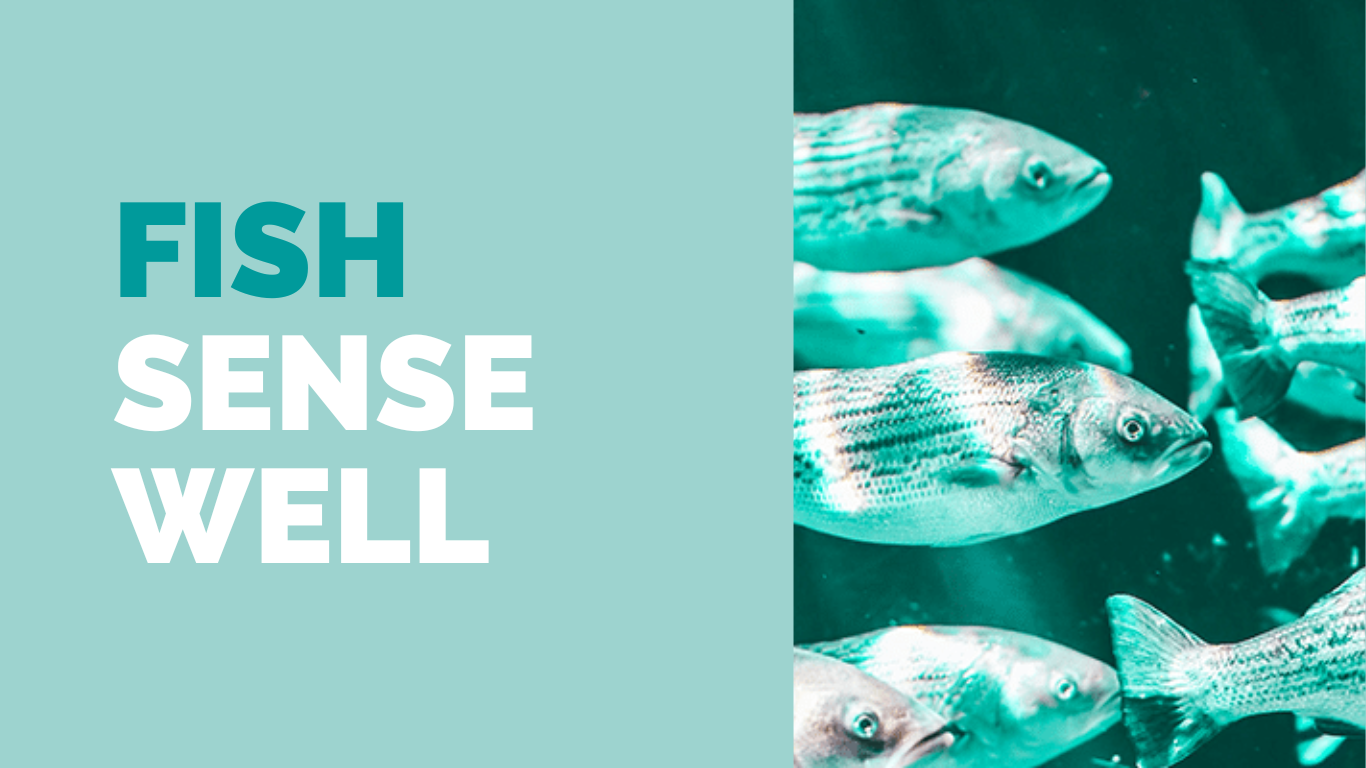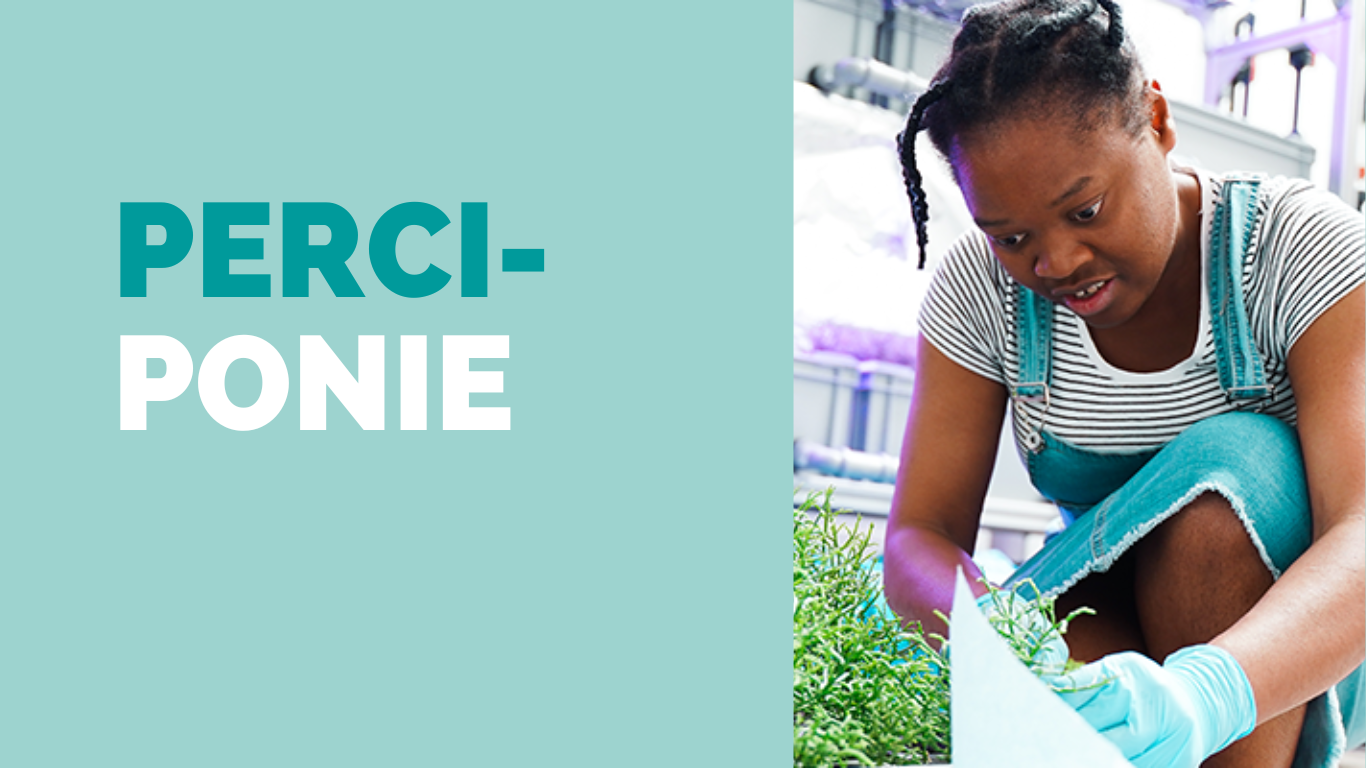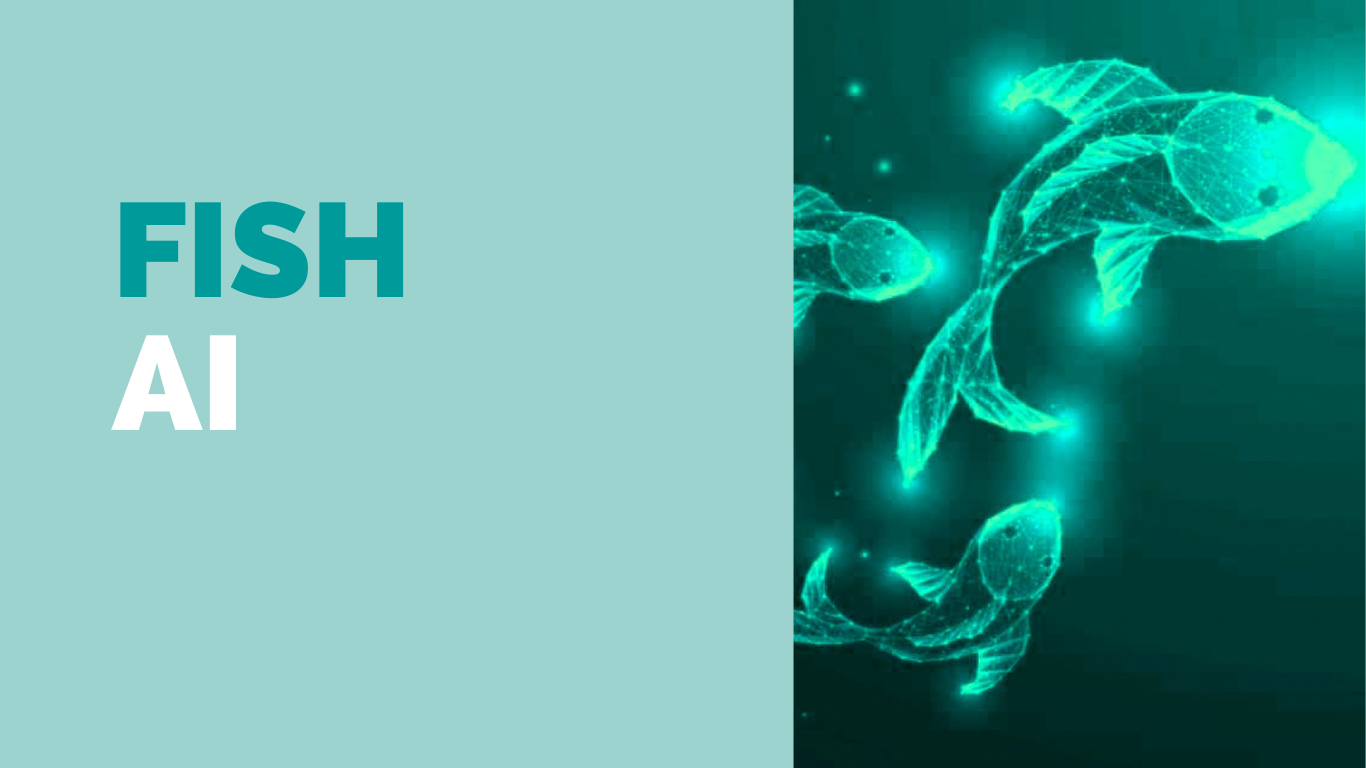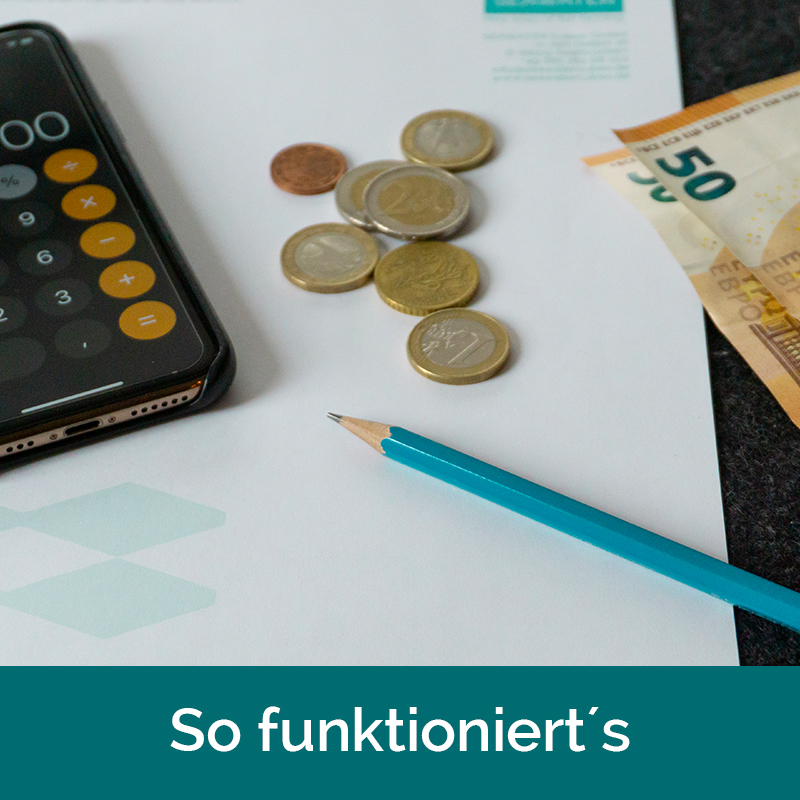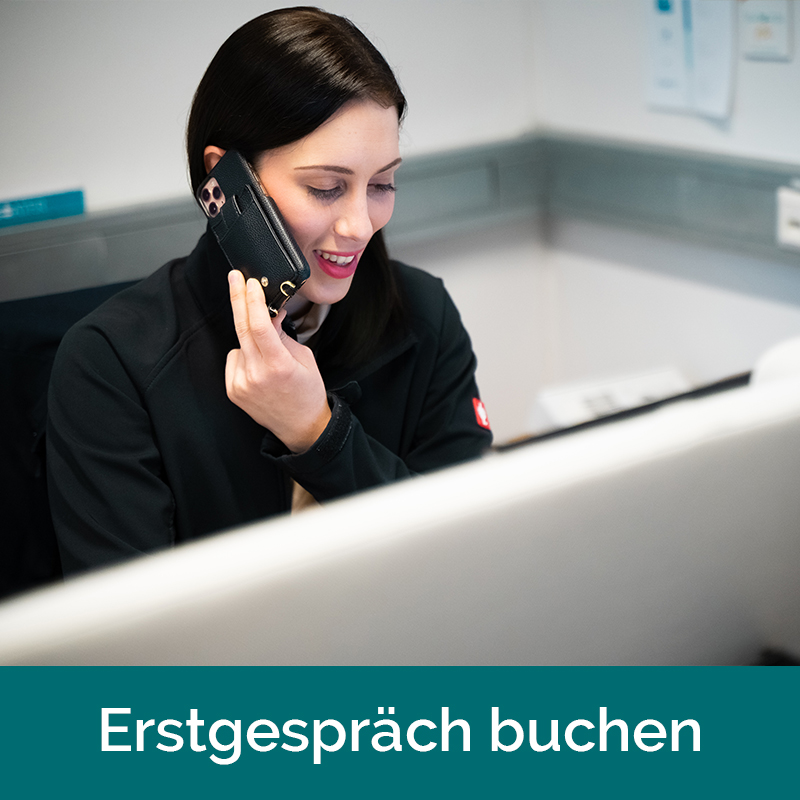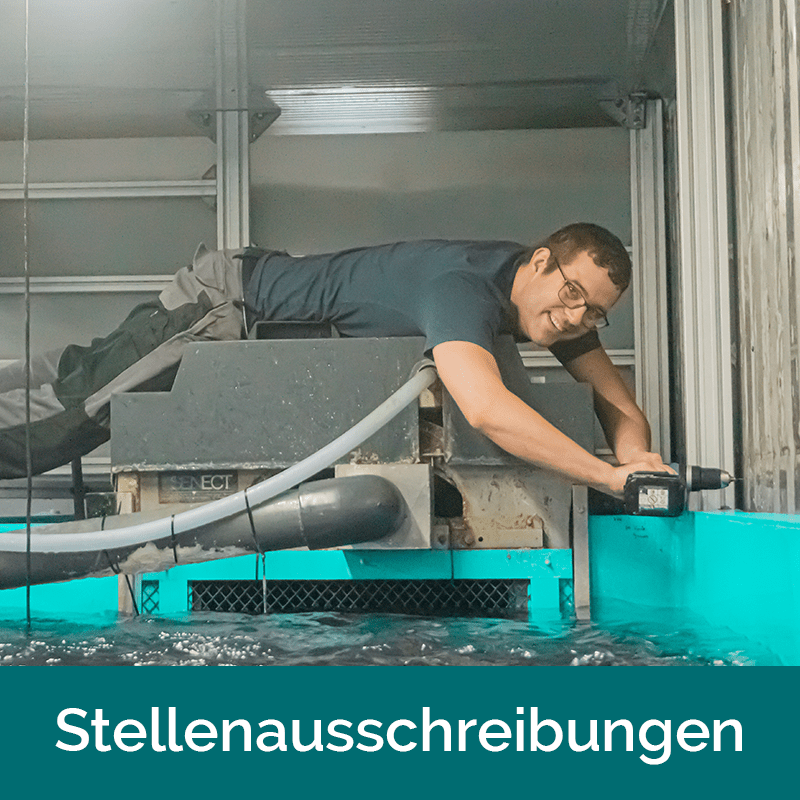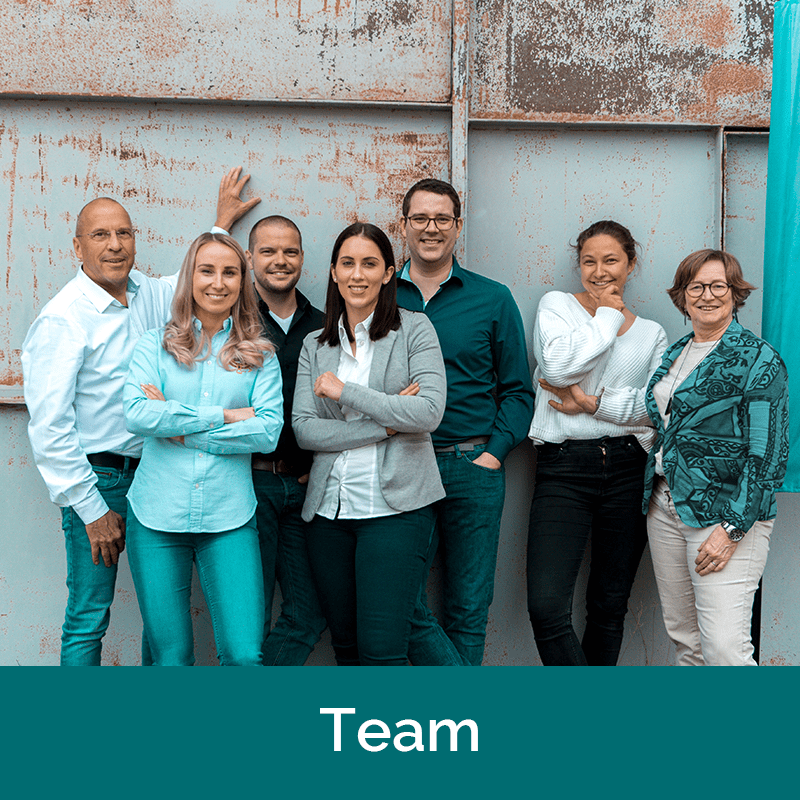ZUKUNFT SCHAFFEN DURCH FORSCHUNG
Die Idee zu unserem Unternehmen entstand im Rahmen verschiedener Forschungsprojekte, daher haben wir Forschung und Innovation in unserer DNA fest verankert. Wir davon überzeugt, dass für eine sichere und lebenswerte Zukunft ein Umdenken in der Lebensmittelversorgung erforderlich ist. Zusammen mit verschiedenen Partnern arbeiten wir Hand in Hand an der Erforschung neuer Wege im Bereich Aquakultur sowie an neuen technologischen Entwicklungen, Studien und Innovationsthemen.
UNSERE EXPERTISE
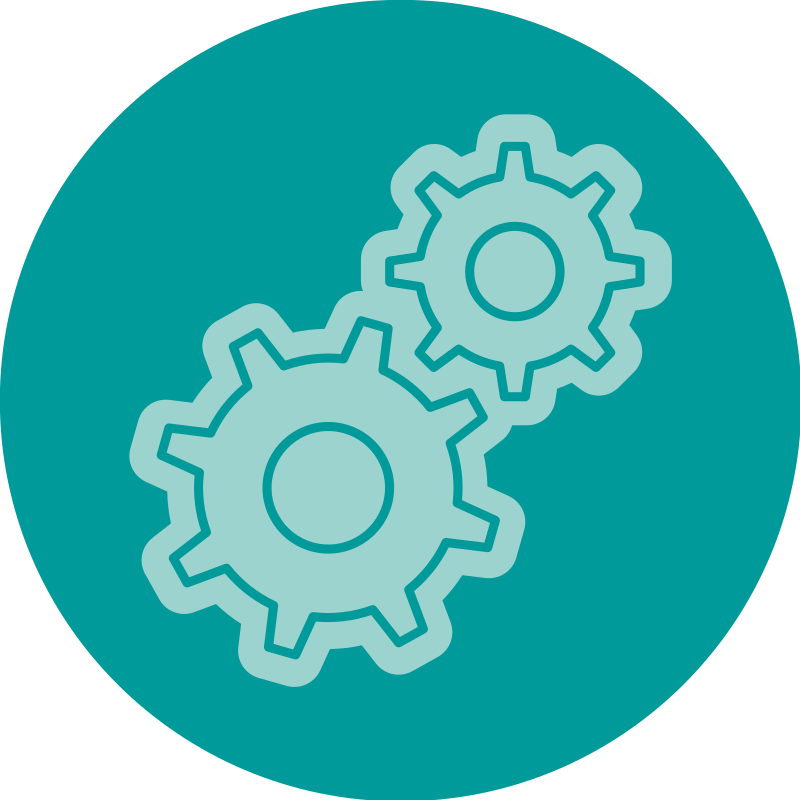
Prozessdesign
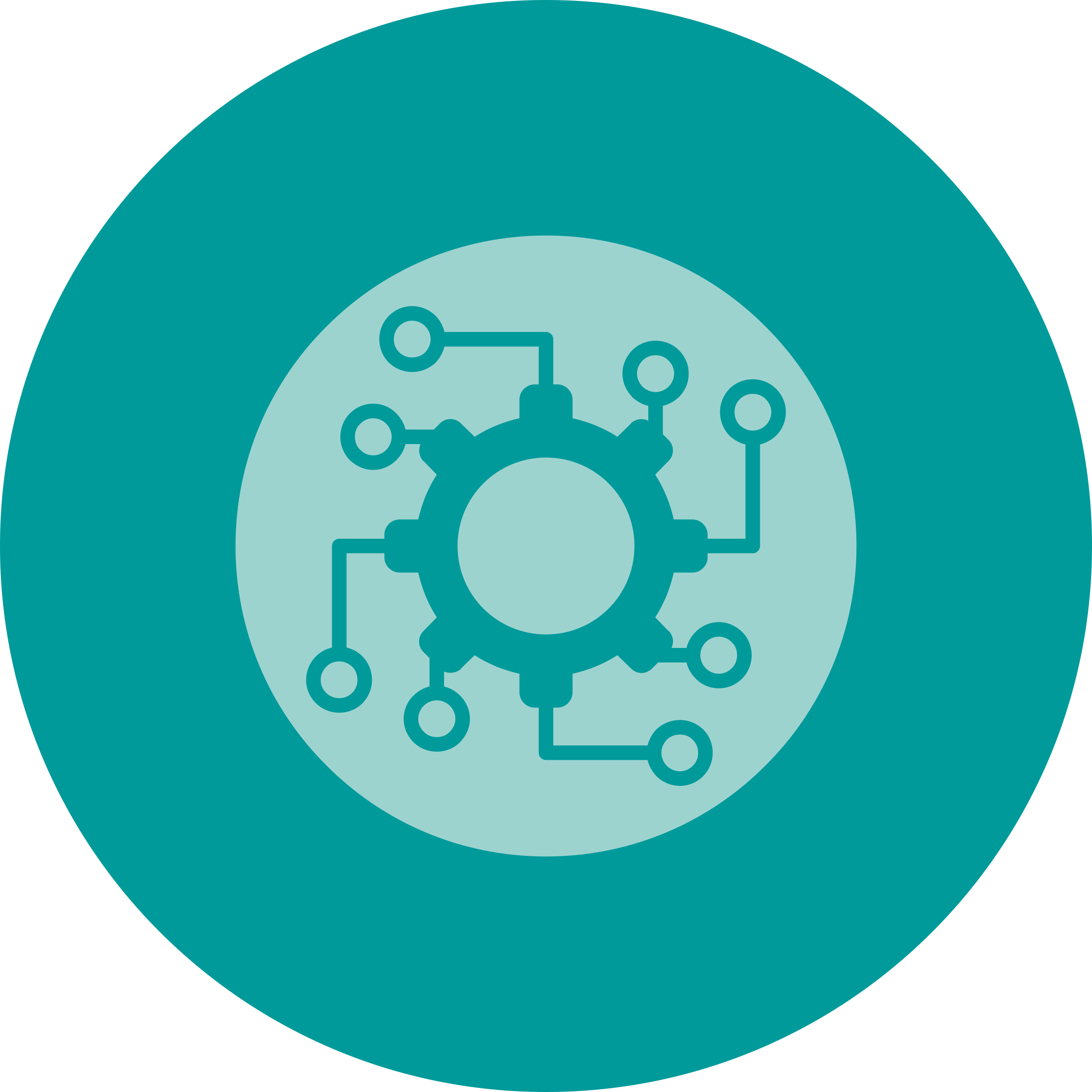
Automatisierung
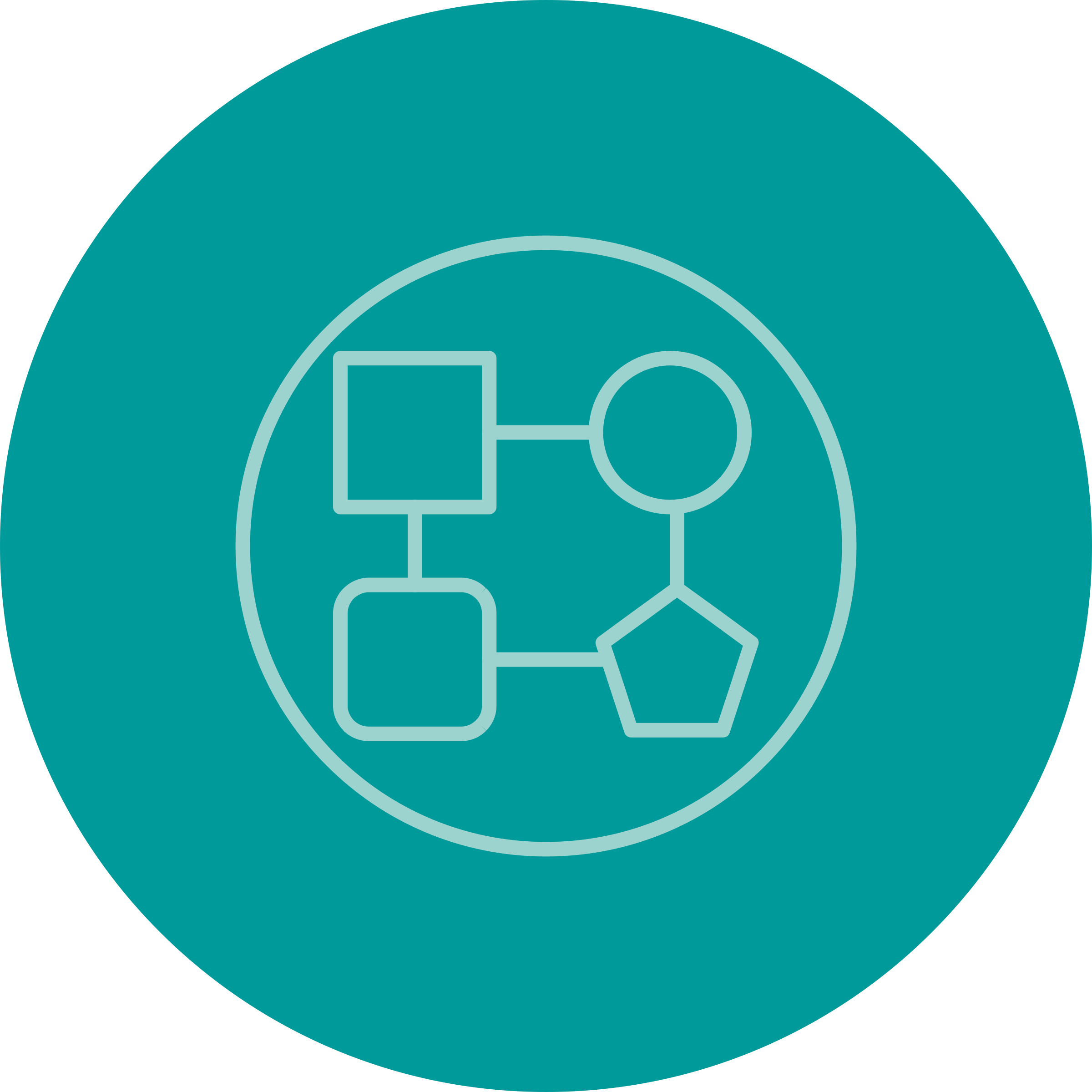
Modellierung
UMGESETZTE PROJEKTE
Anfrage Zusammenarbeit
Du möchtest uns als Forschungspartner gewinnen? Schick uns gerne eine Anfrage!
Publikationen
2019 | Aquaponics Systems Modelling
Autoren:
Karel J. Keesman, Oliver Körner, Kai Wagner, Jan Urban, Divas Karimanzira, Thomas Rauschenbach, and Simon Goddek
Abstract:
Mathematical models can take very different forms and very different levels of complexity. A systematic way to postulate, calibrate and validate, as provided by systems theory, can therefore be very helpful. In this chapter, dynamic systems modelling of aquaponic (AP) systems, from a systems theoretical perspective, is considered and demonstrated to each of the subsystems of the AP system, such as fish tanks, anaerobic digester and hydroponic (HP) greenhouse. It further shows the links between the subsystems, so that in principle a complete AP systems model can be built and integrated into daily practice with respect to management and control of AP systems. The main challenge is to choose an appropriate model complexity that meets the experimental data for estimation of parameters and states and allows us to answer questions related to the modelling objective, such as simulation, experiment design, prediction and control.
2019 | Development of denitrification in semi-automated moving bed biofilm reactors operated in a marine recirculating aquaculture system
Autoren:
Orestis Stavrakidis-Zachou, Anneliese Ernst, Christian Steinbach, Kai Wagner, Uwe Waller
Abstract:
This study examined the performance of three independently operated denitrifying moving bed biofilm reactors (MBBRs) in a zero-exchange marine recirculating aquaculture system (RAS) stocked with European seabass (Dicentrarchus labrax). A semi-automated control strategy was applied to foster spontaneous denitrification. Process automation consisted of a pulsed carbon supply and an inflow of nitrate-rich, aerated process water controlled by the oxidation-reduction potential (ORP) in the MBBR. Carbon dosing frequency was adjusted manually if the process produced unwanted products (i.e., nitrite or ammonia). OPR-controlled inflow stimulated bacterial activities in the MBBRs until inflow reached the pre-set maximum at a hydraulic retention time (HRT) of 0.75 h. This allowed for a quick start-up of the denitrification processes in spite of high initial variability of process water inflow and of nitrate removal efficiency (NRE). A start-up with glycerol did not induce a stable denitrification process; however, after the process had been established with acetate, glycerol promoted efficient denitrification with NRE close to one. The successive application of the two carbon sources resulted in a high nitrate removal rate (NRR) of 2 kg nitrate‑N m−3 day−1 in the biofilters. This diminished the concentration of nitrate-nitrogen (nitrate‑N) in the RAS (volume 9 m³) from176 to 36g m−3 in 42 days with biofilters comprising only 1% of the RAS volume. The implications for the development of an automated denitrification process are discussed.
